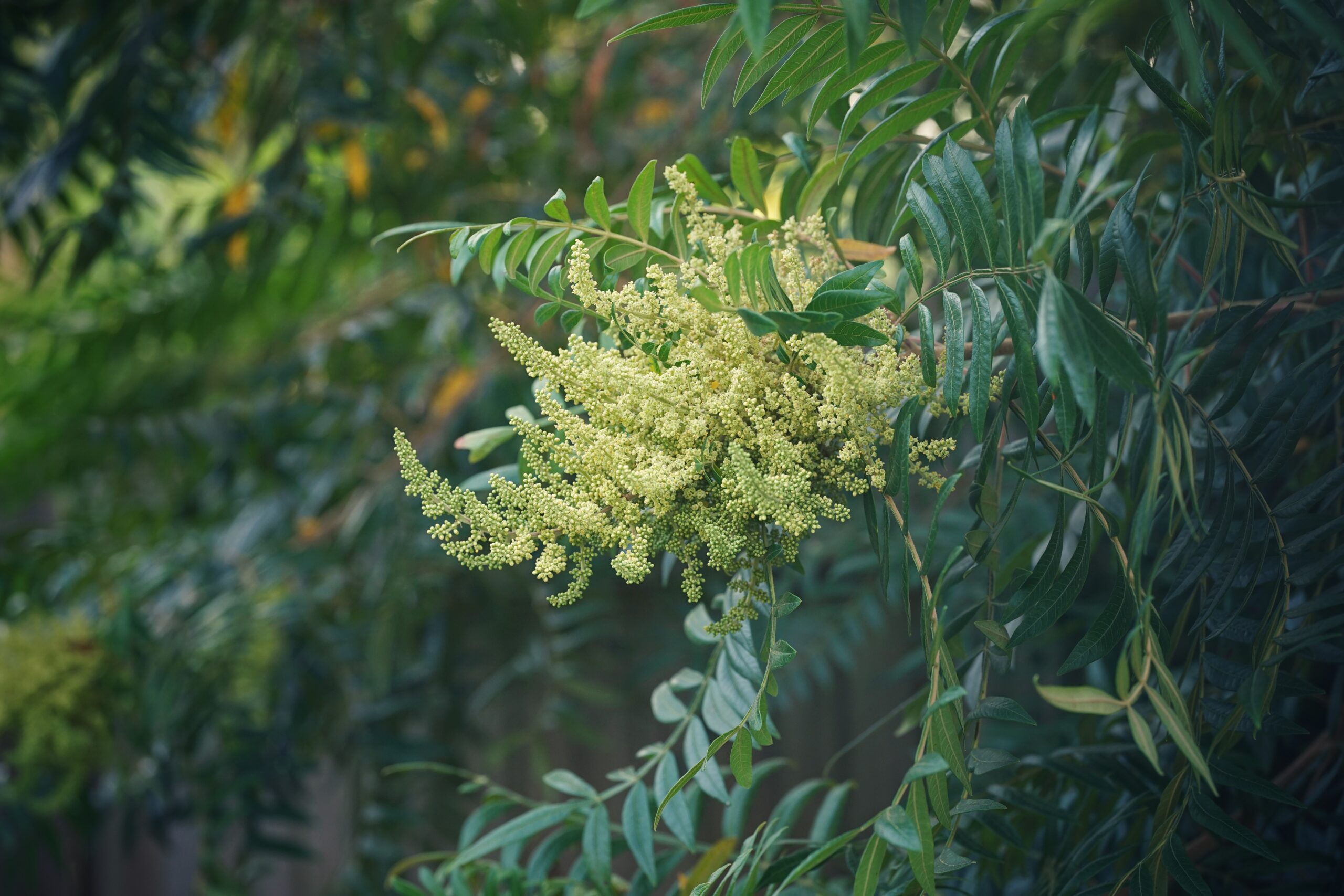Winged sumac
Pictured above: Winged sumac (Rhus copallinum) by Emily Bell. Click on terms for botanical definitions. View post as a PDF.
Winged sumac (Rhus copallinum) is found in flatwoods, dry prairies, sandhills and disturbed sites throughout the eastern US and into Canada. Its summer blooms attract a wide variety of bees, wasps and butterflies, and the fall berries feed birds and other wildlife including deer and opossums. The leaves and bark are browsed by deer and rabbits, and the plant is a larval host for the Red-banded hairstreak butterfly and Luna moth.
While most typically a small-trunked shrub, it can grow up to 40 feet tall with a trunk of up to 10 inches in diameter. The bark is smooth and light brown with lenticels and develops large thin scales with age. Stems are brown to burgundy and pubescent. Leaves are dark green, turning deep red in fall. They may be up to 12 inches long, are alternately arranged and odd-pinnate. Each leaf is composed of many oblong-lanceolate leaflets up to 4 inches long. A defining feature is the central leaf stalk, which is winged between the leaflets. Hundreds of tiny, greenish-yellow, five-petaled flowers form a showy 3 to 6-inch panicle. Fruits are drupes, burgundy to black, and covered in short hairs.
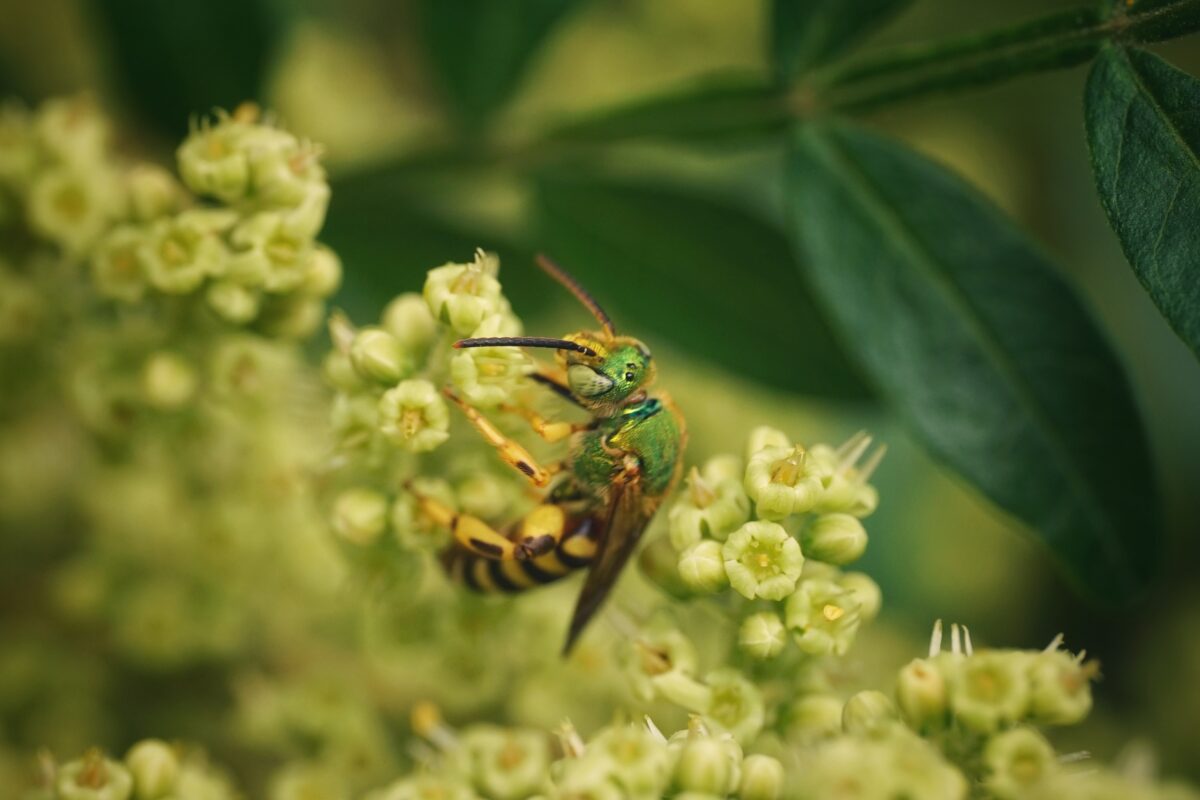
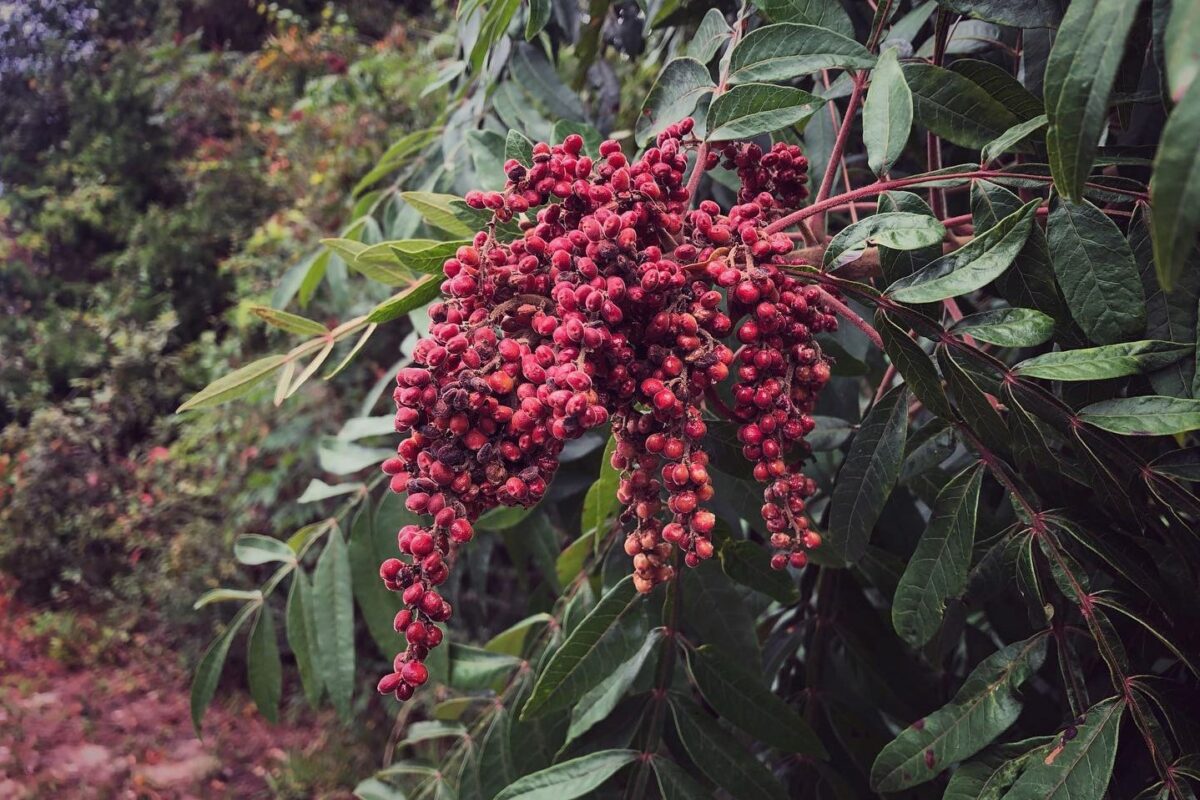
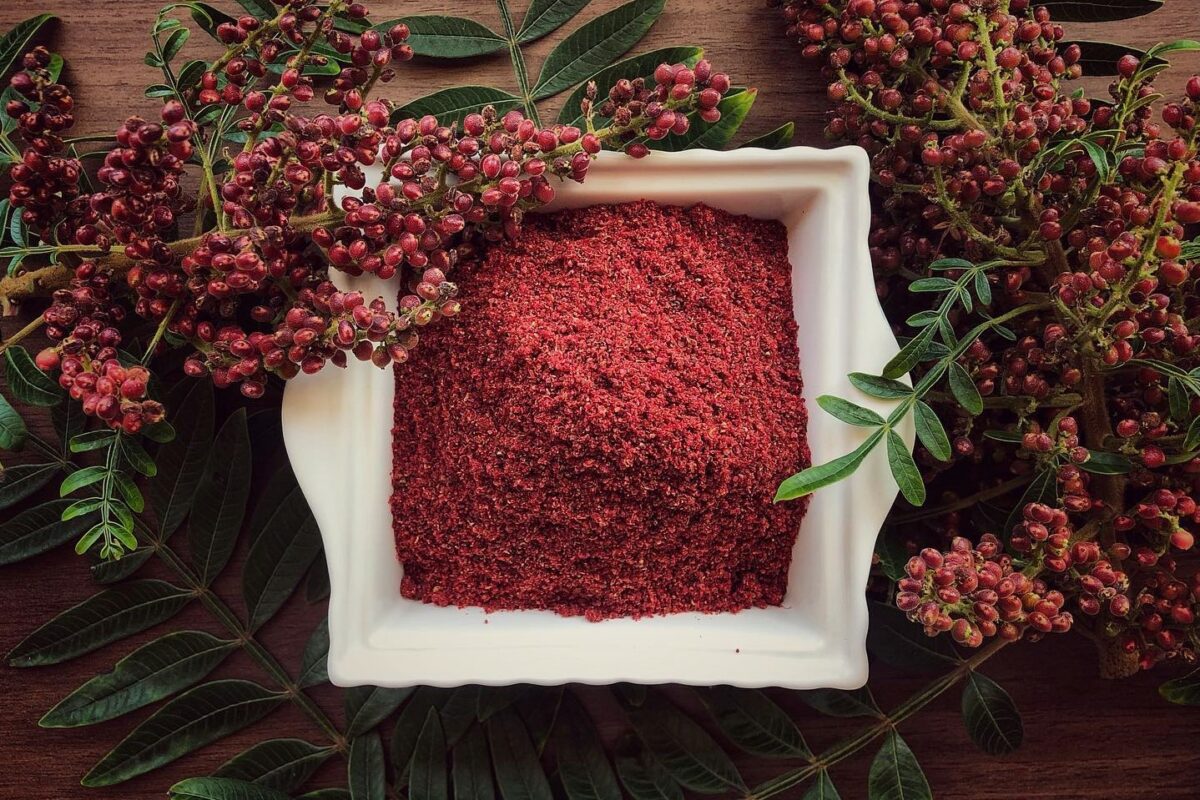
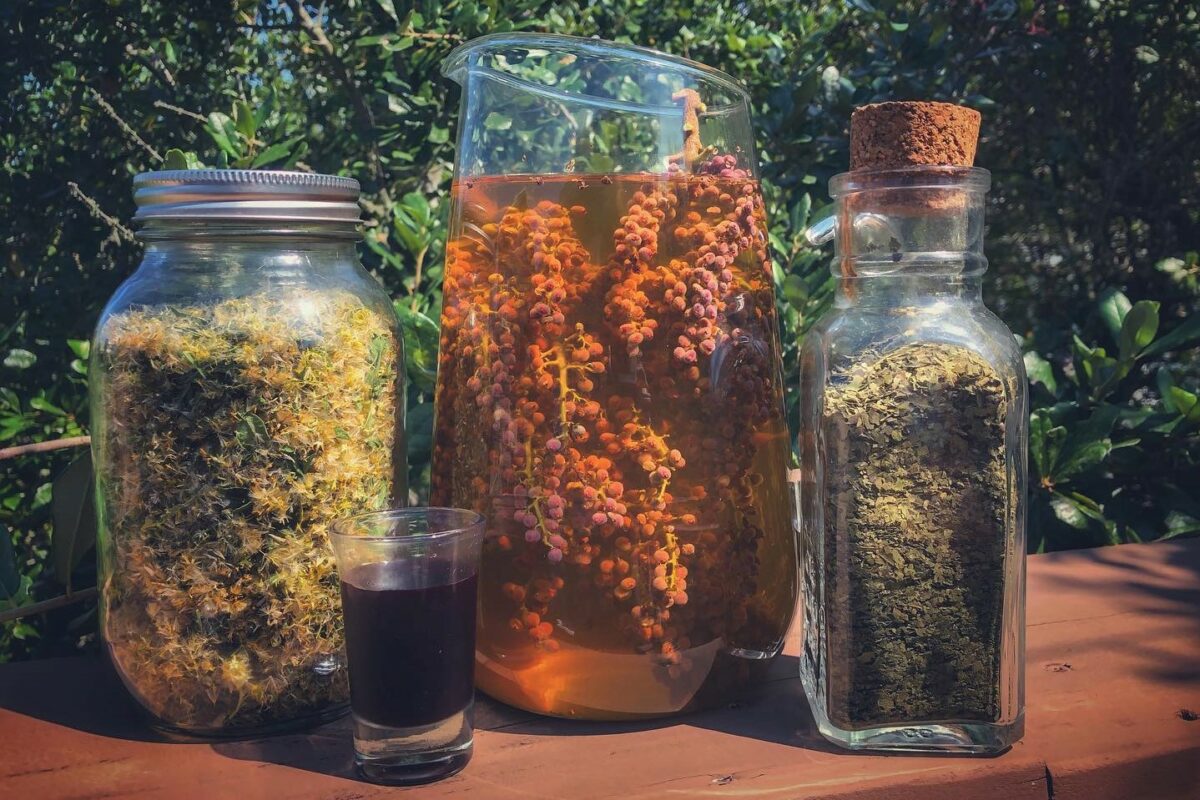
In addition to its abundance of wildlife value, Winged sumac has numerous recorded ethnobotanical uses from the medicinal to culinary. Native Americans used it as a food source and medicinally for many ailments from dermatological to gastrointestinal, to help mother’s produce milk, and as a mouthwash. Perhaps the most well-known culinary use is for a tart lemonade-like beverage; the flavor comes from the malic acid found in the fruit’s hairs. The berries can also be used as a spice, to make tea, to infuse butter and more.
Family: Anacardiaceae (Sumac or cashew family)
Native range: Statewide
To see where natural populations of Winged sumac have been vouchered, visit florida.plantatlas.usf.edu.
Hardiness zone: 8A–11B
Lifespan: Perennial
Soil: Sandy or limestone soils
Exposure: Full sun
Growth habit: Shrub or small tree, up to 40 feet
Propagation: Seeds, cuttings, suckers
Garden tips: Winged sumac is a great addition to a wildlife garden. Best used as a background planting in a large area, it can form large clumps through its suckering habit.
Plants are occasionally available from nurseries that specialize in Florida native plants. Visit www.PlantRealFlorida.org to find a nursery in your area.

